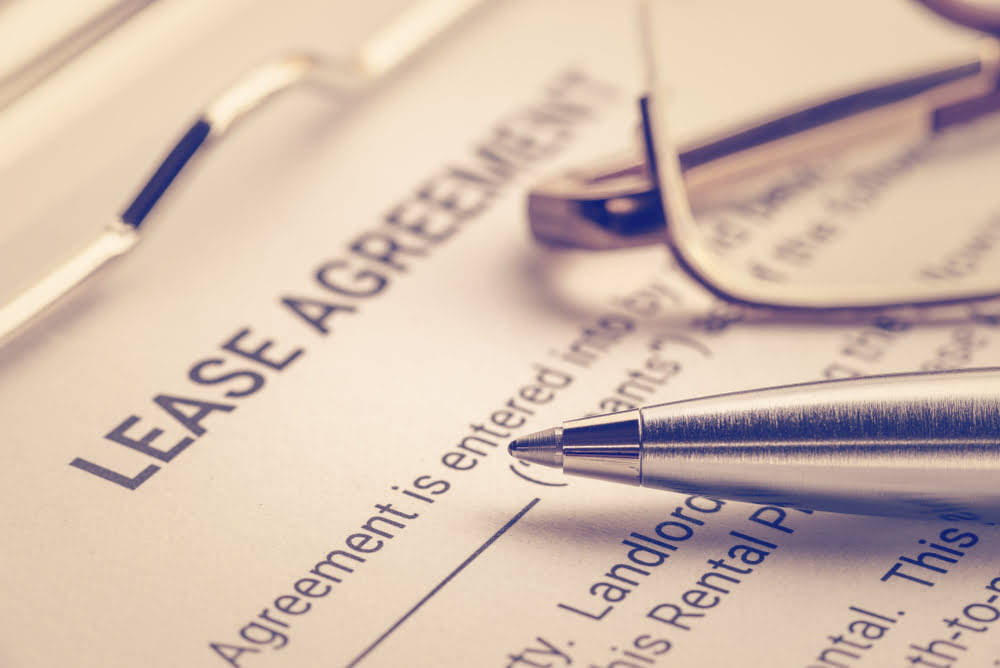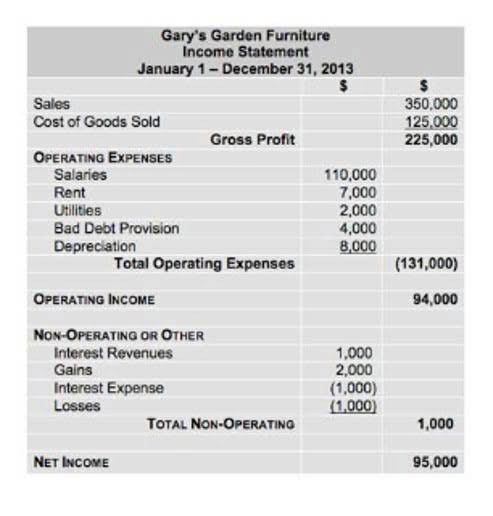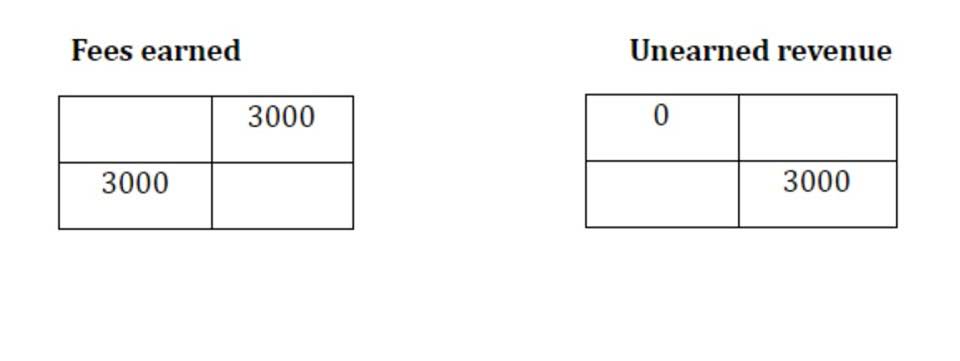Bookkeeping Gener 25, 2021
Guide to Adjusting Journal Entries In Accounting

For the next six months, you will need to record $500 in revenue until the deferred revenue balance is zero. His bill for January is $2,000, but since he won’t be billing until February 1, he will have to make an adjusting entry to accrue the $2,000 in revenue he earned for the month of January. As important as it is to recognize revenue properly, it’s equally important to https://www.bookstime.com/ account for all of the expenses that you have incurred during the month. This is particularly important when accruing payroll expenses as well as any expenses you have incurred during the month that you have not yet been invoiced for. Similarly at the end of each fiscal period the organization will make an adjusting entry for accumulated depreciation for the next ten years.
Expenses may be understated
Depreciation and amortization entries reduce the book value of assets over time, reflecting their usage and wear and tear. This reduction is essential for presenting a realistic value of the company’s assets, which in turn affects the equity section of the balance sheet. Sometimes companies collect cash from their customers for goods or services that are to be delivered in some future period. Such receipt of cash is recorded by debiting the cash account and crediting a liability account known as unearned revenue. At the end of the accounting period, the unearned revenue is converted into earned revenue by making an adjusting entry for the value of goods or services provided during the period.
- If you do your own accounting, and you use the accrual system of accounting, you’ll need to make your own adjusting entries.
- It is impossible to provide a complete set of examples that address every variation in every situation since there are hundreds of such Adjusting Entries.
- His bill for January is $2,000, but since he won’t be billing until February 1, he will have to make an adjusting entry to accrue the $2,000 in revenue he earned for the month of January.
- Common prepaid expenses include rent and professional service payments made to accountants and attorneys, as well as service contracts.
- HighRadius empowers organizations to seamlessly transition to modern accounting practices, leveraging the latest accounting technology to enhance efficiency and accuracy in financial processes.
- Your accountant will likely give you adjusting entries to be made on an annual basis, but your bookkeeper might make adjustments monthly.
- By December 31, one month of the insurance coverage and cost have been used up or expired.
Adjusting Journal Entry
If you do your own accounting, and you use the accrual system of accounting, you’ll need to make your own adjusting entries. To make an adjusting entry, you don’t literally go back and change a journal entry—there’s no eraser or delete key involved. Without adjusting entries to the journal, there adjusting entries examples would remain unresolved transactions that are yet to close. The entry for insurance reflects six months’ expenses, which have been paid, but coverage of only one month could have been used by June end. This table gives you a quick look at how different accounts react to debits and credits.
What is accumulated depreciation adjusting entry?
Adjusting entries allow you to adjust income and expense totals to more accurately reflect your financial position. HighRadius Autonomous Accounting Application consists of End-to-end Financial Close Automation, AI-powered Anomaly Detection and Account Reconciliation, and Connected Workspaces. Delivered as SaaS, our solutions seamlessly integrate bi-directionally with multiple systems including ERPs, HR, CRM, Payroll, and banks. This is posted to the Interest Receivable T-account on the debit side (left side).
( . Adjusting entries for accruing uncollected revenue:

Once you complete your adjusting journal entries, remember to run an adjusted trial balance, which is used to create closing entries. Any time you purchase a big ticket item, you should also be recording accumulated depreciation and your monthly depreciation expense. Most small business owners choose straight-line depreciation to depreciate fixed assets since it’s the easiest method to track.
- Generally, expenses are debited to a specific expense account and the normal balance of an expense account is a debit balance.
- If you do your own bookkeeping using spreadsheets, it’s up to you to handle all the adjusting entries for your books.
- These entries get posted to the general ledger, which is crucial for preparing financial statements like the income statement, balance sheet, and cash flow statemen.
- And we offset that by creating an increase to an asset account — Prepaid Expenses — for the same amount.
- Notice that the amount for which adjustment is made differs under two methods, but the final amounts are the same, i.e., an insurance expense of $450 and prepaid insurance of $1,350.
- Sometimes, your bookkeeper can enter a recurring transaction, and these entries will be posted automatically each month before the close of the period.
The purpose of adjusting entries is to assign an appropriate portion of revenue and expenses to the appropriate accounting period. By making adjusting entries, a portion of revenue is assigned to the accounting period in which it is earned, and a portion of expenses is assigned to the accounting period in which it is incurred. A business needs to record the true and fair values of its expenses, revenues, assets, and liabilities. Adjusting entries follows the accrual principle of accounting and makes necessary adjustments that are not recorded during the previous accounting year.

- An accrual entry ensures that the revenue is recorded in December, aligning with the period in which the service was provided.
- To calculate the accumulated depreciation expense, the company employs the straight-line method.
- Then, when you get paid in March, you move the money from accrued receivables to cash.
- In essence, the R2R solution not only automates tasks but fundamentally reshapes how organizations approach and execute their accounting processes, driving efficiency and accuracy to new heights.
Someone on our team will connect you with a financial professional in our network holding the correct designation and expertise. Our writing and editorial staff are a team of experts holding advanced financial designations and have written for most major financial media publications. Our work has been directly cited by organizations including Entrepreneur, Business Insider, Investopedia, Forbes, CNBC, and many others. 11 Financial is a registered investment adviser located in Lufkin, Texas. 11 Financial may only transact business in those states in which it is registered, or qualifies for an exemption or exclusion from registration requirements.

Prepaid Expenses: Definition
This type of adjusting entry is used when cash has been received or paid, but the related revenue or expense has not yet been earned or incurred. For example, if a company receives payment in advance for a service to be provided over several months, the initial cash receipt is recorded as a liability (unearned revenue). As the service is performed, the liability is gradually reduced, and revenue is recognized. Similarly, prepaid expenses, such as insurance or rent, are initially recorded as assets.


LEAVE A COMMENT